Every choice we make has an environmental impact. Because of that, I’ve started this series to show how I choose to make more sustainable choices every day. This is the third installment in the series. Enjoy!
Mending (Bedsheets and Clothing)
I was never taught how to sew, but over the past few years I’ve been slowly teaching myself how to patch holes, hem pants, etc. Some of my mended bits aren’t pretty, but they are functional, and I’m proud of my efforts. This month I took a class at my local sewing shop to improve my techniques. The class cost me $40, and I was able to repair some torn bedsheets, a wool sweater, and several pairs of pants. Doing basic clothing mending saves my family money by letting us buy fewer items, and it helps us reduce the amount of textiles going into a landfill. I saved far more than $40 worth of products I no longer need to replace, and I learned some valuable skills as well.
Deleting Emails
Did you know that every email has a teeny tiny carbon footprint? One email doesn’t amount to much, but emails tend to pile up. Deleting messages I don’t need anymore is one small act I do to lower my earthly impact.
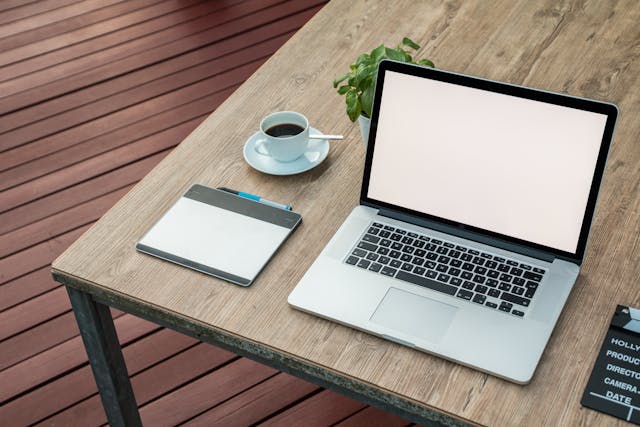
Indulging Responsibly
Sometimes I like to treat myself. I’ve started meeting with a group once a month at a local coffee shop. I pack a clean reusable coffee mug to take with me and get my drink poured directly into it. This month’s drink was a hot chocolate with oat milk. Delicious!
Drinking Tea
I’ve been having a cup of tea most nights before bed. It’s a nice, calming ritual, and I do it as waste free as possible. I buy tea leaves package free from a locally owned shop and steep the tea in reusable tea strainers. Once the tea is steeped, I compost the tea leaves and wash the strainer. This saves me money and waste, and I don’t have to worry about microplastics coming from disposable tea bags.

Stocking Up On Medication
For me, March means the start of seasonal allergy season, so I need to take daily allergy medicine on top of my daily prescriptions. In order to make this a little more sustainable, I found an allergy medicine that works for me and bought the largest available bottle. I do this with my other medications as well, and was even able to get my doctor to prescribe my daily medication in 90-day quantities rather than 30-day quantities. I don’t think we need to suffer in order to live sustainably; we just need to do our best. Getting medications in larger quantities means getting slightly larger bottles, but far less plastic is required over time. Getting medications also means I’m more capable of living my life fully, something I don’t take for granted.
Growing Food
There aren’t a lot of foods growing in my area in the winter. Because of this, I’ve started growing some herbs and vegetables hydroponically and in pots around my home. It’s fun to watch the plants grow, and this has allowed me to have fresh produce available whenever I’d like it. An added bonus for growing like this is the fact that having these plants to take care of has significantly helped me cope with my seasonal depression. Eating plants that I’ve grown organically cuts down on the miles my food needs to travel in order to get to me, lessens the amount of pesticides and water needed to grow my produce, and increases my food resilience. The flavor, freshness, and beauty of these plants has been a delight in the wintertime, and it has also cut down on my monthly grocery budget.
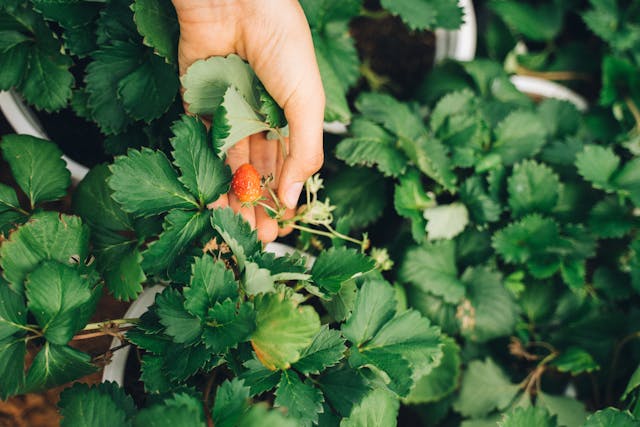
Trying New Recipes
I haven’t eaten meat in well over a decade, so I use things like tempeh, beans, tofu, and vegan deli slices as protein sources in my meals. A lot of those foods come with a significant cost, not to mention quite a bit of packaging. This month I experimented with making my own tofu, tempeh, and deli slices. All of the food has been tasty, but I plan to experiment with different flavorings and cooking methods a bit before committing to any specific recipes. I’m proud of myself for experimenting with new recipes and testing my limits with what I can make in the kitchen. I’m sure I’ll still buy pre made vegan protein sources, but it’s nice to know that I can make these staples at home with ingredients I typically have in my pantry. Plus, every time I choose to make these items at home I know that I will reduce a little bit of packaging from having been created, and I will save my family some money as well.
Reusing Plastic Bags
This website is all about reducing waste where we’re able, but that doesn’t mean I don’t produce any waste. For example, I still like to buy flour tortillas at the grocery store for quick meals, and my family uses sawdust pellets (which come in large plastic bags) in the winter to heat our home. I recycle a lot of these bags, but I also try to reuse the bags when I’m able. I deliver homemade bread to friends wrapped in reused tortilla bags, we use all sorts of bags to scoop our cat litter into, and many bags get filled with roadside litter while my family is out hiking. I figure I could recycle the bag for it to *hopefully* get made into something else, such as another bag. Or I could just use the bag again, and skip the added steps of transporting, sorting, shredding, pelletizing, and creating a new product.
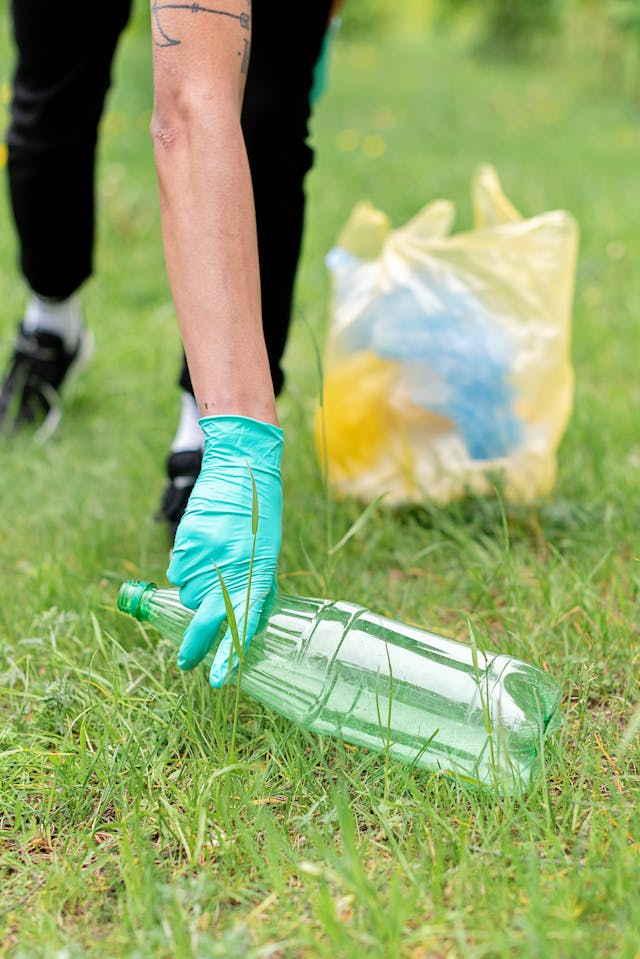
Doing Without (Bags)
I talk about how to reuse bags, but of course reducing and refusing is even better. When I go grocery shopping, I don’t get plastic bags for each item in my cart. In fact, I don’t get any plastic grocery bags at all, I typically just put produce directly into my shopping cart or into a bag I’ve brought with me from home.
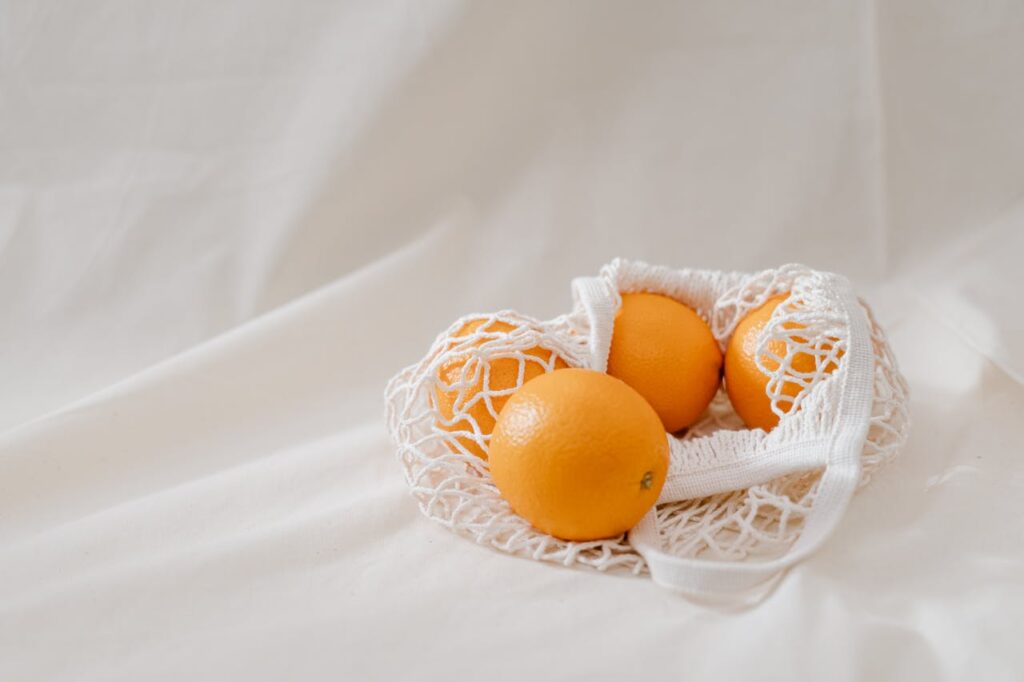
Using Things Up
Once I can’t get anything out of tubes anymore, I cut them open to access the leftover product. I do this with sunscreen, toothpaste, etc. and usually find 5-10% of the product left in the container. Doing this allows me to use every bit of each product, which allows me to buy fewer containers over time. It also is an interesting practice which makes me rethink what it means for a product to be “used up” and evaluate the small habits in everyday life that can be made a bit more sustainable.
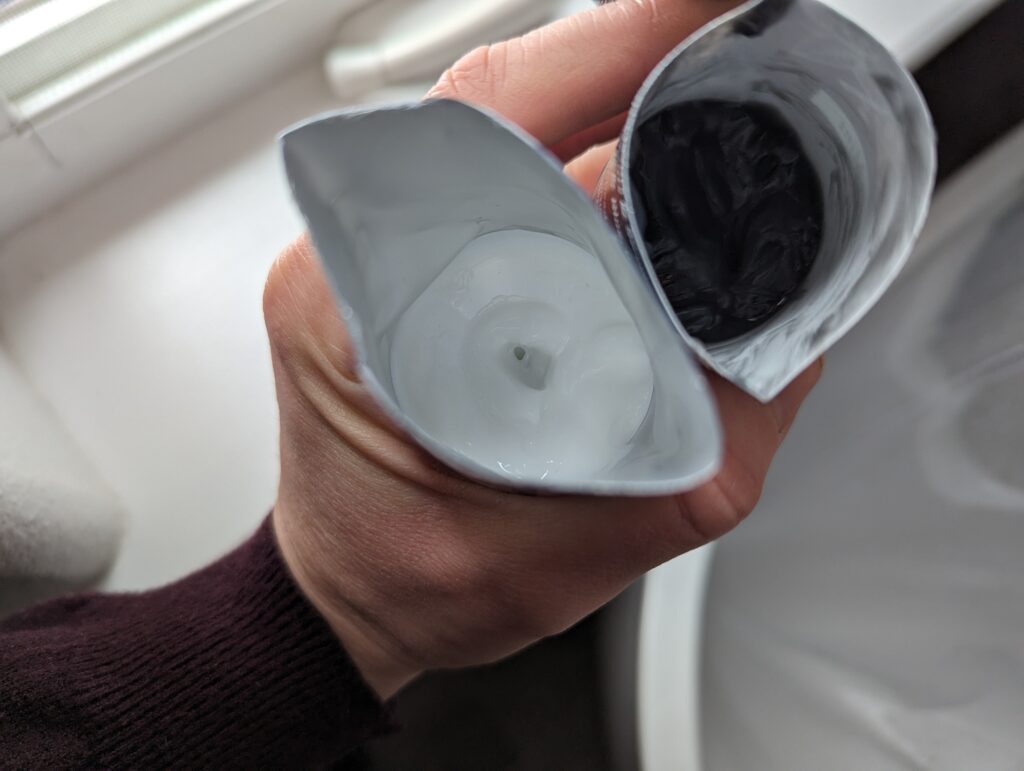
Sorry for the delay in this edition of my Ten Things series. Come back next week to read about even more sustainable habits I do throughout the year.